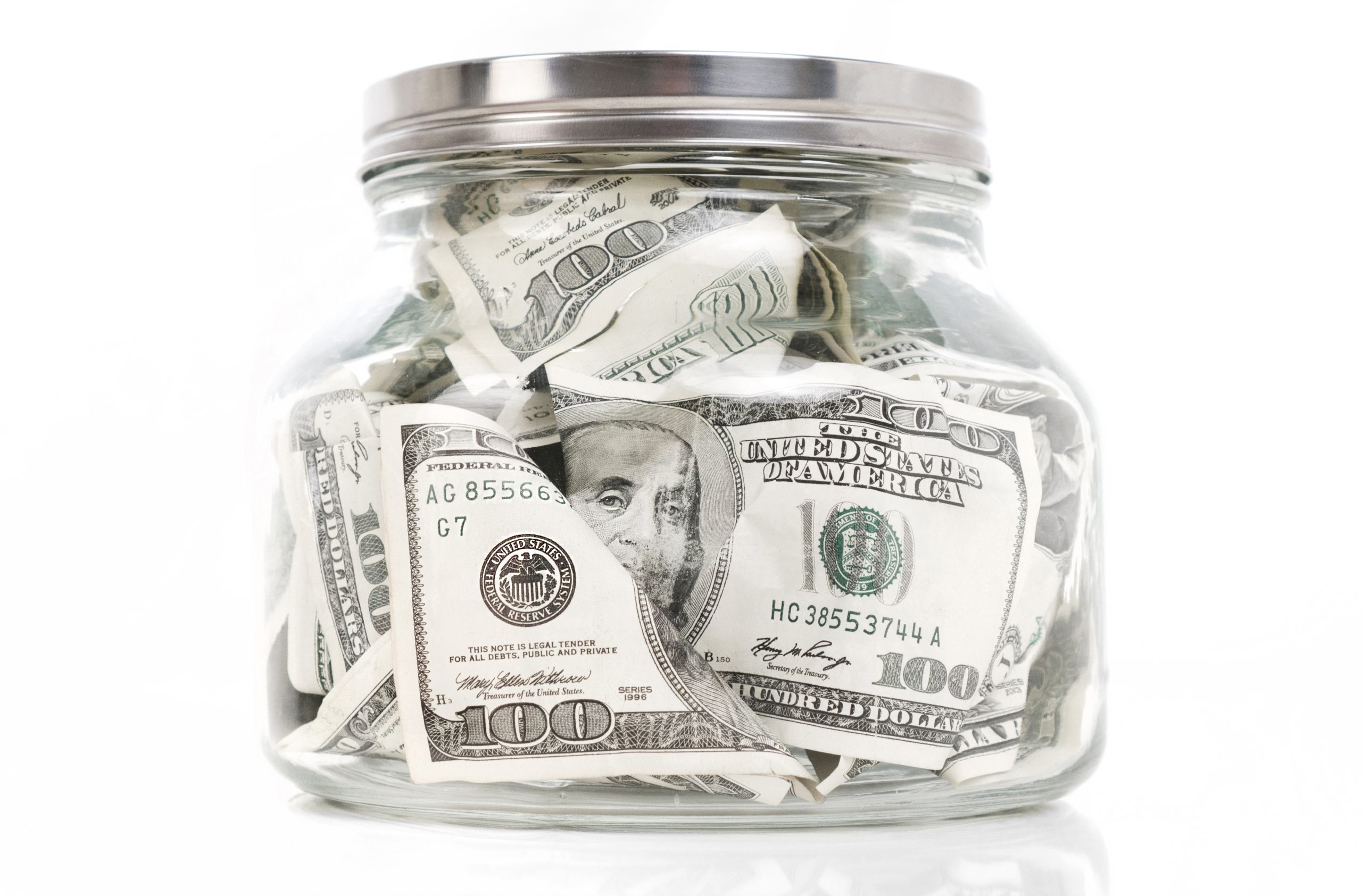My husband and I recently added up our student loan and credit card debt. Imagine our shock when we discovered we have $58,000 in debt! What was this debt comprised of? It is made up of nearly $38,000 in student loans, $6,500 on a business credit card for a business that failed and $13,500 of personal credit card debt spread over two cards (the smallest balance at $1,000). The latter debt is largely due to our current low income and some not so wise purchases. We’ve recently become gazelle intense. However, we’re being careful to combat frugal fatigue since we know we’ll need to live this lifestyle for quite some time.

What a Gazelle Intense Day Looks Like for Us
At the urging of everyone around us, we began to follow Dave Ramsey. Because we do not yet own a house but would like to in the next three to five years, we decided to become gazelle intense, as Dave Ramsey says.
What does gazelle intense look like for us? My husband works away from the house for 10 hours a day. After spending an hour with the kids when he comes home, he works on his dissertation and articles for publication for a few hours a night.
I stay home with the kids all day and blog, do virtual assistant work and freelance writing when the kids are napping and after they go to bed. On the weekend, I typically leave the house for about four hours on both Saturday and Sunday to get more freelance work done. I estimate that I am working 25 hours a week from home. My husband is putting in another 20 hours a week at home doing work that will further his career and hopefully lead to a high paying, tenure track job in a few years.
Being Gazelle Intense Works!
Our hard work is paying off. In just two weeks, we “found” an additional $701 to apply to our debt beyond our regular debt repayment schedule. We found this money several ways. First, we returned a few items we bought but hadn’t used before becoming gazelle intense. Then, we also got an unexpected check that we put toward the debt. We just paid off our first credit card with the lowest balance. Next on our plan is to pay off the credit card with $6,500 within the next four weeks.
Getting Used to a New Lifestyle Takes Time

As anyone who has become gazelle intense knows, there is a period of adjustment when you have to get used to the austere lifestyle that is required. Let’s be honest—most people who have credit card debt have at least some of it because of a lack of impulse control and planning.
Was all of our credit card debt due to that? No, we had a very low income for awhile when my husband’s graduate student teaching stipend was our only income, and we relied on credit to make ends meet. However, we also ate out more than we needed to. (Do you ever need to eat out?) Our debt likely would be lower if we practiced more self-control with ourselves and our finances. Since we weren’t stringent with ourselves then, we’re having to be now.
How to Maintain Gazelle Intensity for Months (and Years)
Gazelle intensity works with no break if you have a relatively short amount of time you must be laser focused. If you can get your debt paid off in 12 to 18 months, you shouldn’t need a break. However, if you’re looking at several years to pay down your debt, you will likely need to give yourself an occassional break to avoid frugal fatigue.
Take a Break After Each Debt
Because there is such an adjustment, to maintain your gazelle intensity and avoid frugal fatigue, consider rewarding yourself for each debt that you pay off or at a milestone you set. If you have one large debt to pay off, maybe you will reward yourself for every $5,000 you pay off.
For us, since we love to eat out and now no longer eat out at all, we have decided that we will have one meal out every time we pay off a debt. To maintain your drive, pick one thing you used to enjoy spending money on in your old, less frugal lifestyle, and commit to enjoying that activity once when you achieve your assigned goal in your debt snowball. Keep it reasonable, less than $50, so you don’t derail your snowball, but give yourself that leeway to maintain your intensity.
Gazelle Intensity Interval Training
Another option is to do gazelle intensity interval training. If you have a lot to pay off like we do, you may need a different strategy to keep up your motivation. For instance, maybe you can commit to three months of intensely working and paying down your debt. Then, you will take a break for one month. Or, maybe you decide on an amount that you’ll pay down, and then you’ll take a break. Maybe you decide to pay down $15,000 and then slow down in intensity for a bit. As you become invigorated again, set another goal that you’ll pay down before you rest.
Final Thoughts
Being gazelle intense definitely has rewards. You put yourself in a painful place for an intense while until the debt is paid off. Then, you begin to reap the rewards of all your hard work. You can live like no one else, as Dave Ramsey says.
Yet, be careful not to become so strict with yourself that you give in to frugal fatigue and derail your debt snowball. A small, planned out treat is often all it takes to keep you motivated and ultimately debt free. If you’re confronting a large amount of debt, consider instead to be gazelle intense for a few months and then take a break.
Read More
A Review of Dave Ramsey’s Revised Financial Peace University & New Speakers
How to Save More Money Every Month
How to Get Out and Stay Out of Debt
Melissa is a writer and virtual assistant. She earned her Master’s from Southern Illinois University, and her Bachelor’s in English from the University of Michigan. When she’s not working, you can find her homeschooling her kids, reading a good book, or cooking. She resides in New York, where she loves the natural beauty of the area.




